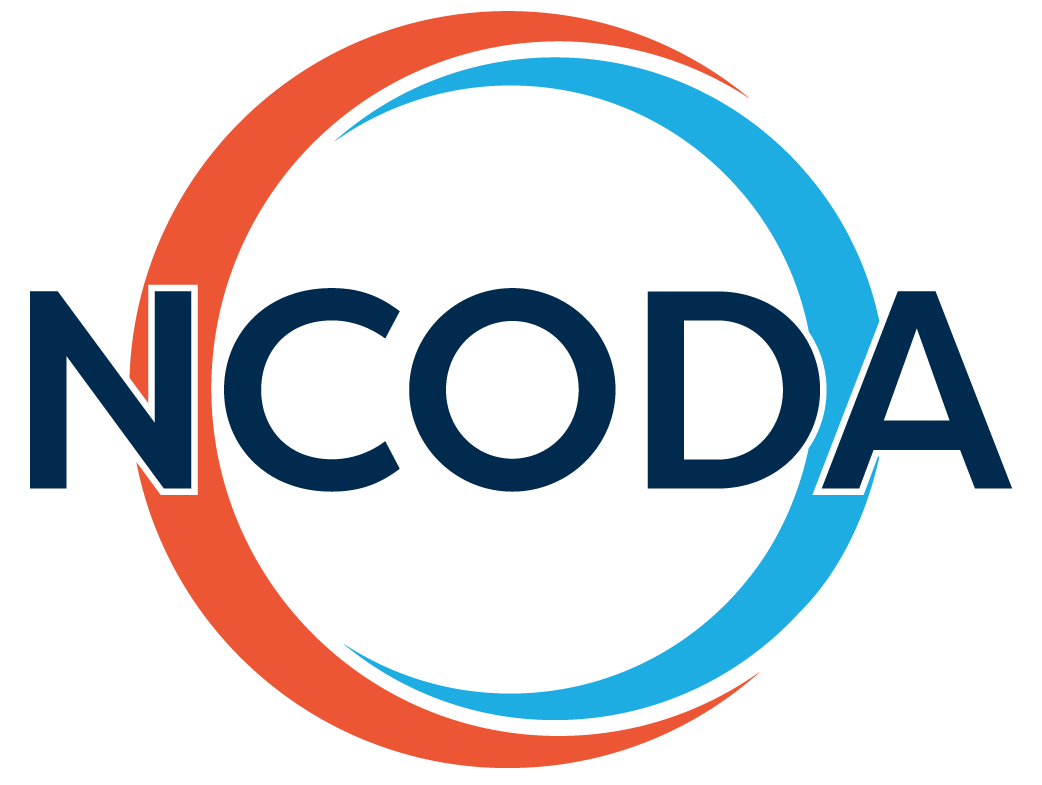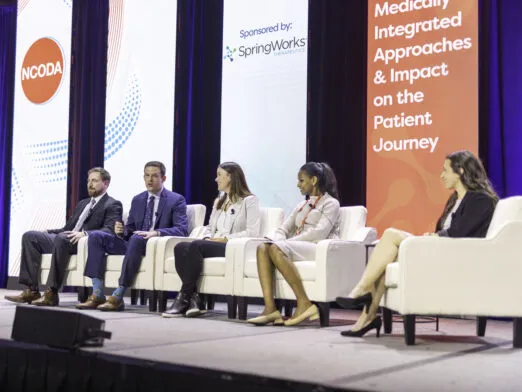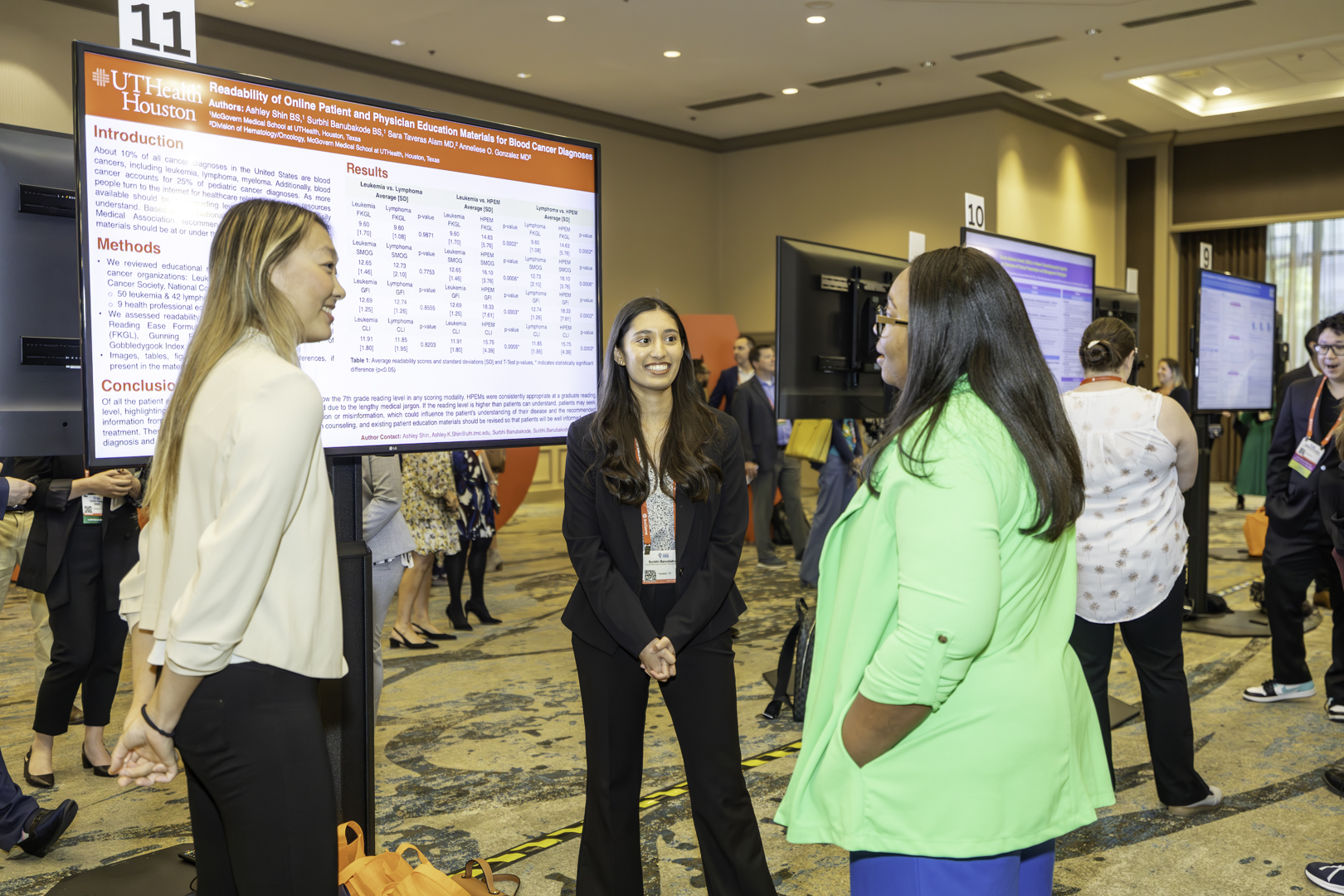OncolyticsToday: Cancer Predisposition Variants
Published Date: April 1, 2024

CANCER PREDISPOSITION VARIANTS IN APPARENTLY HEALTHY INDIVIDUALS
NOT ALWAYS A REASON FOR ALARM
By George P. Patrinos, PhD
Imagine that you were told that you have 187 cancer predisposing variants in your genome. Would you be worried? Well, I was! Cancer results from a multistep cascade of somatic events involving the accumulation of both genetic and epigenetic changes at various genomic loci, under the influence of a variety of different environmental factors.1 A considerable number of genomic variants have been previously reported to be causative of, or associated with, an increased risk for various types of cancer.
Single point variants, small insertions/deletions, translocations, gene fusions, copy number changes and loss of heterozygosity represent some of the somatic alterations frequently encountered in cancer, and which can lead to the increased expression of oncogenes or to the silencing of tumor suppressor genes.
Genome-wide association studies (GWASs) have also identified genomic regions that appear to be associated with increased cancer risk. It is to be expected that an improved knowledge of the genomic variants that predispose to tumor initiation, development and progression will be advantageous in the context of informing treatment regimens for cancer patients.
Numerous studies have been performed in an attempt to shed light on the complexity and inter-individual variability of the heritable and tumor genome and to examine the relationship between the possession of specific genomic variants and tumorigenesis, often with ambiguous results.2 The advent of next-generation sequencing (NGS) has provided unprecedented opportunities to decipher the cancer genome and to dissect the molecular etiology of cancer predisposition.
Genetic susceptibility to cancer is conferred both by inherited (germline) and tumor-specific (somatic) variants and as such, it is evident in most individuals, not just in those individuals with a personal or family history of cancer. Although the deleterious alleles of cancer risk genes are generally not highly penetrant, the presence of genetic susceptibility variants at multiple loci is generally assumed to increase an individual’s overall risk of cancer.
MY PERSONAL EXPERIENCE
Several years ago, while preparing my plenary talk for an oncology conference on the role of next-generation sequencing in cancer genomics, I looked in my own genome analysis to see whether I had any cancer predisposing variant in my genome. The reason was to give a real-life example of the use of NGS in cancer genomics.
One would assume that I expected to have no cancer-predisposing variants as, thank God, there is no cancer history in my family. You can imagine my surprise when my initial search revealed 187 genomic variants predisposing to cancer! My first thought was to start writing my will. But then I realized that some, hopefully the majority of these variants, may not necessarily be deleterious, or in other words truly cancer predisposing.
As such, the next few days after my talk, we initiated a study to look into the genomes of 11 members of two families of Greek descent (one of which was my own, as we already had NGS data to analyze) to identify all genomic variants with the potential to predispose family members to cancer.
In short, we identified a total of 571 variants, of which:
47% were disease-associated benign variants;
26% were disease-associated benign variants with additional supporting functional evidence;
19% were functional variants with in vitro/laboratory or in vivo supporting evidence but no known disease association;
4% were putative disease-causing variants but with some residual doubt as to their pathological significance; and
3% were disease-causing variants, according to the Human Gene Mutation Database variant annotation.
Subsequent analysis, focused on the latter variant class most likely to be involved in cancer predisposition, revealed two variants of prime interest, namely MSH2 c.2732T>A (p.L911R) and BRCA1 c.2955delC, the first of which is novel.
Also, among the 571 cancer risk-associated variants identified, some were common between the two families considered, whereas others were unique. In particular, 509 variants were found in both family members, while 74 variants were unique to family A and 551 variants were only found in family B. Commenting on the unique variants obtained, family B comes from northern Greece, a quite distant location from Athens (300.13 km) where family A is from, implying a different genetic origin. For the record, neither of the two abovementioned variants were found in my own genome, which was a big relief for me!
Inherited genomic variants in the BRCA1 gene are well known to confer an increased lifetime risk of developing breast or ovarian cancer. BRCA1 is a tumor suppressor gene that is involved in the maintenance of genome stability (homologous recombination pathway for double-strand DNA repair) and hence, is of paramount importance in hereditary breast and ovarian cancers.
However, the identification of an evidently detrimental BRCA1 variant in a healthy individual is not unlikely. Also, genomic variants in the MSH2 gene are associated with microsatellite instability and cancer (hereditary non-polyposis colorectal cancer, HNPCC) and participates in several DNA repair processes, such as transcription-coupled repair, homologous recombination as well as base excision repair.
CONSULT AN EXPERT
From the above, it is clear that a thorough downstream bioinformatic analysis and a subsequent genetic counseling session should be performed for family members to receive proper genetic advice, without being neither falsely alarmed nor, even worse, falsely reassured.
In other words, direct-to-consumer genetic analysis for cancer predisposition should not be performed under any circumstances, as the public may be truly alarmed from these results without being given the proper explanations by an expert.
Looking to the future, whole genome sequencing should ideally be performed once — e.g., at birth, with data analysis frequently interpreted using the continuously updated literature thereafter in order to exploit the wealth of genomic knowledge that is continually becoming available. Also, family history is of central importance in medical/clinical practice, since it reflects both genetic and environmental exposures within families, while incidental findings and reduced (incomplete)
penetrance in cancer complicate decision making even further. Nowdays, genomic data are hardly integrated in medical decision-making in cancer, given its complexity and as educational initiatives and support from specialists are also lacking. In this context, a community knowledge base has been proposed to facilitate collaborative contributions and open discussions on genomic events to raise general public and even healthcafe professionals’ awareness on cancer genomics.
In relation to the diagnosis and prognosis of cancer patients, data interpretation requires a deep understanding of the variation in cancer risk-associated genes in healthy individuals. A crude assessment of the potential extent of the genome-wide cancer susceptibility burden in normal healthy individuals should consider all the (putative) risk-associated genomic variants obtained by the next-generation sequencing analysis.
FUTURE CONCERNS
As whole genome and/or whole exome sequencing approaches begin to be recruited into clinical care, our understanding of detected sequence variations on diagnosis (and prognosis) needs to become more readily accessible to the clinician.
Humans have a large number of genomic variants in their own genome, between 3.5 million to more than 5 million, leading to the extant phenotypic variability both in terms of physiology, namely various physiological traits such as height, skin and eye color, etc., and pathology. It is expected that a large number of ‘cancer-predisposing’ variants will also be present, the majority of which may NOT necessarily lead
This is not a trivial undertaking, especially as the polygenic model proposes that an individual’s cancer risk is the net outcome of the presence of multiple genomic variants and environmental factors.4
The use of next-generation sequencing is expected to play a crucial role in delineating an individual’s variome as well as providing the means to identify novel variants to improve therapeutic modalities. Signature-based drug-repositioning methods are also known to make use of gene signatures to uncover unknown mechanisms of action of molecules and drugs by coupling the significantly changed genes to computational approaches.
As whole genome sequencing services become more accurate in delivering clinical-grade genome sequences, and whole genome sequencing costs continue to decline, it is expected that this approach will gradually assume an integral role in genomic medicine.
To conclude, humans have a large number of genomic variants in their own genome, between 3.5 million to more than 5 million, leading to the extant phenotypic variability both in terms of physiology, namely various physiological traits such as height, skin and eye color, etc., and pathology. It is expected that a large number of “cancer- predisposing” variants will also be present, the majority of which may NOT necessarily lead to cancer. To properly understand this information, interested individuals and patients need to be given an informed genetic counseling session from welltrained healthcare professionals to prevent misunderstandings that would lead to unnecessary distress.
Additional Information
1. Lea IA, Jackson MA, Li X, Bailey S, Peddada SD, Dunnick JK: Genetic pathways and mutation profiles of human cancers: site- and exposure-specific patterns. Carcinogenesis 2007, 28:1851-1858.
2. Inaki K, Liu ET: Structural mutations in cancer: mechanistic and functional insights. Trends Genet 2012, 28:550-559.
3. Karageorgos I, Mizzi C, Giannopoulou E, Pavlidis C, Peters BA, Zagoriti Z, Stenson PD, Mitropoulos K, Borg J, Kalofonos HP, Drmanac R, Stubbs A, van der Spek P, Cooper DN, Katsila T, Patrinos GP: Identification of cancer predisposition variants in apparently healthy individuals using a next-generation sequencing-based family genomics approach. Hum Genomics. 2015, 9:12.
4. Xue Y, Chen Y, Ayub Q, Huang N, Ball EV, Mort M, Phillips AD, Shaw K, Stenson PD, Cooper DN, Tyler-Smith C; 1000 Genomes Project Consortium.: Deleterious- and disease-allele prevalence in healthy individuals: insights from current predictions, mutation databases, and population-scale resequencing. Am J Hum Genet 2012, 91:1022-1032.
George P. Patrinos, PhD, is Professor of Pharmacogenomics and Pharmaceutical Biotechnology at the University of Patras, School of Health Sciences, Department of Pharmacy in Patras, Greece. He also is
EDITOR’S NOTE: Information in this story is from an international perspective and may differ from current U.S. guidelines and regulations.






